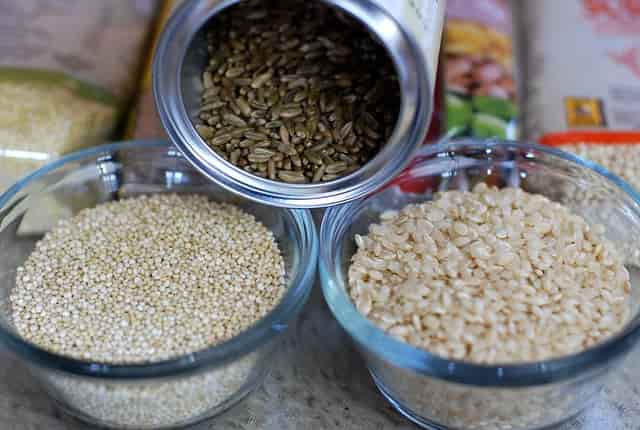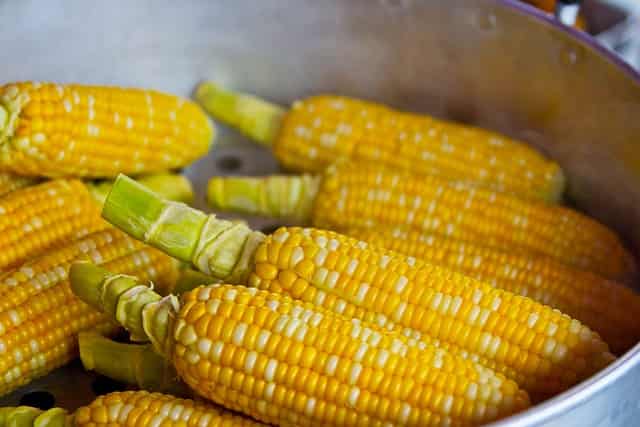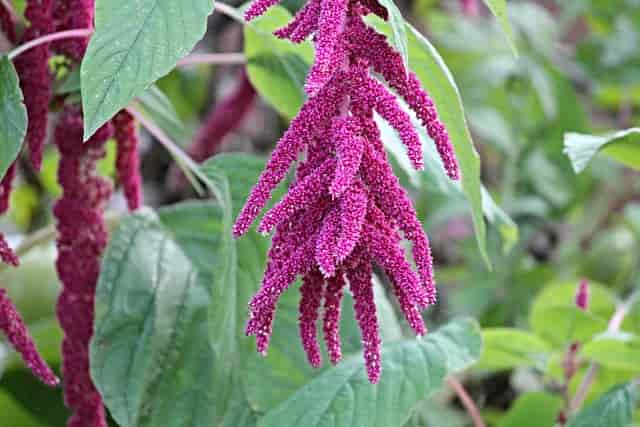Consuming a gluten-free diet doesn’t mean that an individual will avoid all grains. In a market, one can find a number of grains that are naturally gluten-free. This kind of grain provides many serious health benefits. They offer fiber, protein, vitamins, minerals, and good carbs.
What is Meant by Gluten-free Grains?
Let us understand first what are gluten-free grains. The gluten-free grains are the grains that do not have the protein gluten. Grains such as wheat, rye, and barley all contain gluten. While there are several numbers of naturally gluten-free grains. This includes brown rice, oats, corn, quinoa, amaranth, millet, buckwheat, and teff.
1. Brown Rice
Even though brown and white rice comes from the same grain. White rice had the bran and germ of the grain removed during processing. Brown rice contains a higher amount of several micronutrients and it is a fiber-rich grain. Which makes the brown rice a healthy gluten-free grain. This grain is known for its antioxidants, vitamins B, and magnesium. Replacing brown rice with white rice can lead to decreased risks of diabetes, weight gain, and heart disease. Brown rice takes longer time to cook as compared to white rice. It offers a chewier texture and nuttier taste. Brown rice makes a delicious dish on its own or it can be even combined with vegetables and a lean source of protein.
Nutritional value
100 g of brown rice contains the following nutritional value:
- Calostroal: 1,548 kJ
- Carbohydrates: 77.24 g
- Sugars: 0.85 g
- Dietary fiber: 3.52 g
- Fat: 2.92 g
- Protein: 7.85 g
- Calcium: 23 mg
- Iron: 1.47 mg
- Magnesium: 142 mg
- Phosphorus: 331 mg
- Potassium: 222 mg
- Selenium: 22 mg
- Sodium: 6 mg
- Zinc: 2.01 mg
2. Quinoa
Quinoa is a type of seed that is gluten-free. This grain comes in various colors such as red, black, yellow, and white. Quinoa seeds are rich in dietary fiber, protein, and vitamin B. It is packed with other important nutrients and minerals such as magnesium, manganese, and phosphorus. These are essential for bone and muscle health. It reduces the risk of many diseases such as osteoporosis.
Quinoa can be consumed as a breakfast as it has a nutty flavor and light fluffy texture. It can be served as a salad or a side dish. Quinoa is even used in soups and stews. As per research quinoa is included in one of the plant foods that consist of a complete protein source.
As most plant foods lack one or two amino acids that are required by our body. While quinoa contains all eight of these. That makes the quinoa an excellent option for plant-based protein. Before cooking quinoa make sure to rinse it properly. Because the outer layer of the seeds naturally develops a bitter-tasting chemical coating that acts as a pesticide when the plant is growing. So this chemical should be removed before eating.
Nutritional value
- Calostroal: 503 kJ
- Carbohydrates: 21.3 g
- Dietary fibre: 2.8 g
- Fat: 1.92 g
- Protein: 4.4 g
- Vitamin E: 4%
- Calcium: 2%
- Copper: 10%
- Iron: 11%
- Magnesium: 18%
- Phosphorus: 22%
- Potassium: 4%
- Sodium: 7 mg
- Zinc: 11%
3. Corn
Corn is a naturally gluten-free cereal grain. It is a good source of vitamins and fiber. Corn contains antioxidants such as carotenoids. It has many plant pigments such as zeaxanthin and lutein, that works as an antioxidant. According to research t lutein and zeaxanthin can be beneficial for eye health. These antioxidants can reduce the risk of age-related macular degeneration and cataracts. Corn can be consumed in many ways. It can be eaten t grilled, roasted, or boiled. Corn can be enjoyed in salads, soups, and casseroles.
Nutritional value
100 g of corn contains the following nutritional value:
- Calostroal: 360 kJ
- Carbohydrates: 18 g
- Starch: 5.5 g
- Sugars: 6.25 g
- Dietary fiber: 2 g
- Fat: 1.35 g
- Protein: 3.25 g
- Vitamin C: 6.5 mg
- Iron: 0.50 mg
- Magnesium: 35 mg
- Manganese: 0.162 mg
- Phosphorus: 85 mg
- Potassium: 270 mg
- Zinc: 0.45 mg
4. Amaranth
Amaranth is a herbaceous plant. It is a high-protein, gluten-free grain. Amaranth differs in leaf, flower, and stem color with a range of striking pigments from the spectrum of maroon to crimson. As amaranth contains a high amount of nutrients it can offer a lot of health benefits. According to studies, this grain can be beneficial in reducing inflammation and preventing various diseases. Amaranth have good source of iron, manganese, magnesium, and phosphorus. It also contains fiber and reduces the risk of heart diseases such as high blood pressure, bad cholesterol, and triglyceride levels. Amaranth can be used as a substitute for other grains. It can be a thickening agent for soups, jellies, or sauces.
Nutritional value
100 g of amaranth contains the following nutritional value:
- Calostroal: 1,554 kJ
- Carbohydrates: 65.25 g
- Sugars: 1.69 g
- Dietary fiber: 6.7 g
- Fat: 7.02 g
- Protein: 13.56 g
- Vitamin C: 4.2 mg
- Vitamin E: 1.19 mg
- Calcium: 159 mg
- Iron: 7.61 mg
- Magnesium: 248 mg
- Manganese: 3.333 mg
- Phosphorus: 557 mg
- Potassium: 508 mg
- Sodium: 4 mg
- Zinc: 2.87 mg



